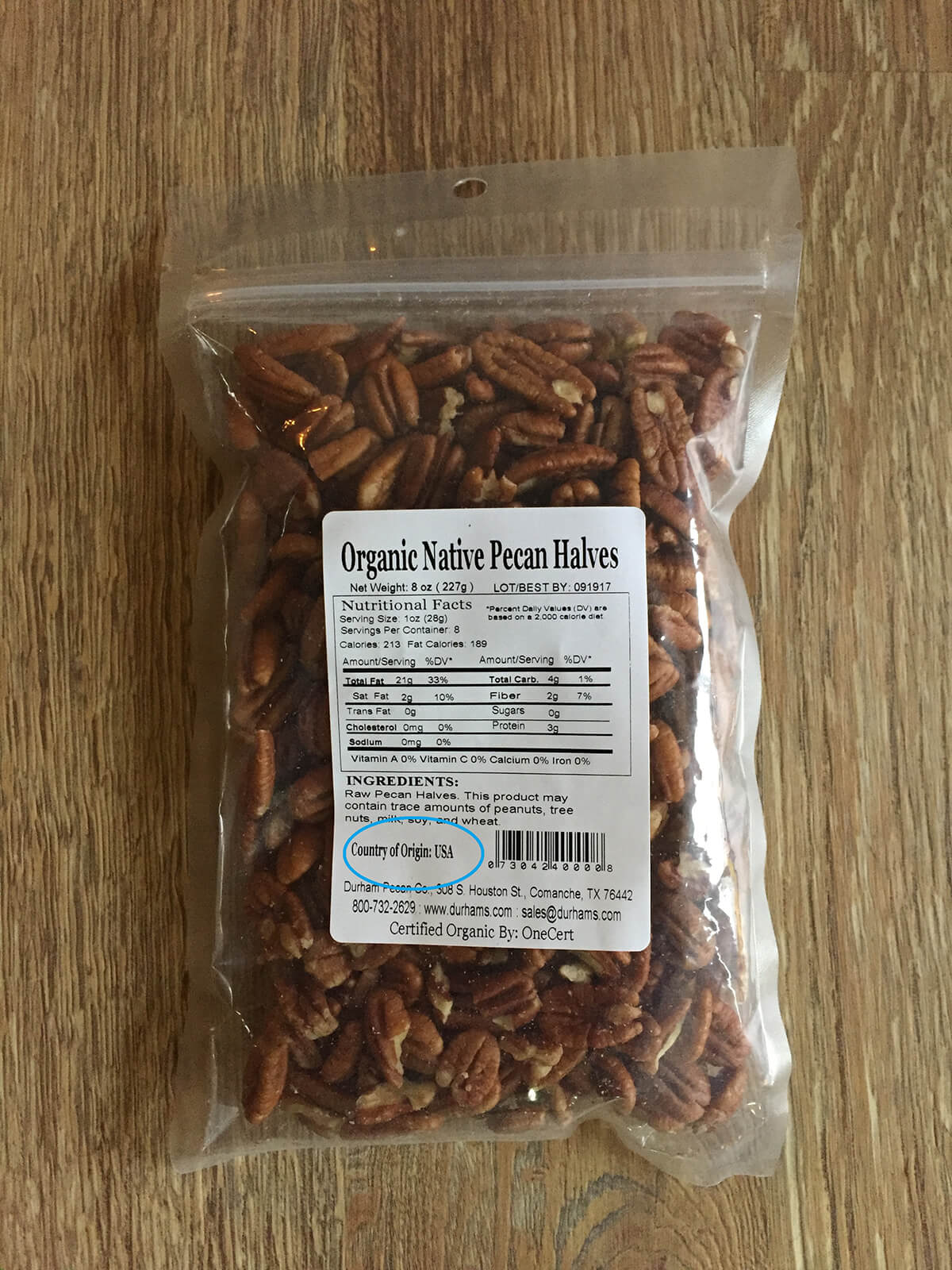
I believe the majority of us can agree that we all have a right to know what’s in our food, how it was produced and where it comes from. Unfortunately, the transparency we desire isn’t always what food companies are required to provide to us. Current food labeling rules leave a lot of room for vague claims and misinformation. I’ve put together some practical ways you can demystify food labels the next time you are grocery shopping.
These are some of the current labels you will see on food in your grocery store:
Certified Organic
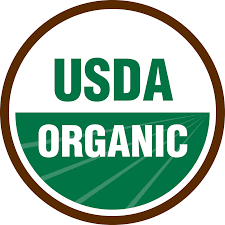
For a product to be certified organic by the US Department of Agriculture (USDA), it’s required to meet specific standards:
- Organic crops cannot be grown with synthetic fertilizers, synthetic pesticides or sewage sludge.
- Organic crops cannot be genetically engineered or irradiated.
- Animals must eat only organically grown feed (without animal byproducts) and can’t be treated with synthetic hormones or antibiotics.
- Animals cannot be clones.
- Animals must have access to the outdoors, and ruminants (hoofed animals, including cows) must have access to pasture.
For more information about USDA Organic, visit www.usda.gov/organic.
Country of Origin Labels

The US has Country of Origin Labeling (COOL) regulations that when it began the food products that were covered by the law included: muscle cut and ground meats: lamb, goat, and chicken; wild and farm-raised fish and shellfish; fresh and frozen fruits and vegetables; peanuts, pecans, and macadamia nuts; and ginseng. The labeling tells us basic information about what country our food was produced in. The food industry has since pushed back on the law and pressured Congress to repeal the labeling requirement. The Consolidated Appropriations Act, 2016, amends the Country of Origin Labeling (COOL) regulations to remove muscle cut beef and pork, and ground beef and pork from mandatory COOL requirements.
Many developed countries, including many in the European Union, Japan, China, Russia, Australia and Brazil, not only requires country of origin labeling but also require food producers to label products that have ingredients that contain genetically modified organisms (GMO).
USDA Inspected
A USDA inspection seal means that your food meets certain quality standards and has been inspected by USDA employees or company employees under USDA supervision to rank its quality. This certification doesn’t give any indication about the production methods or company practices of the brands that are receiving this seal.
Private Certification Programs
Private certification programs like Midwest Organic Services Association (MOSA) and Oregon Tilth are also out there. MOSA and Oregon Tilth are well respected but other programs vary in their qualifications to reach certification so it’s always a good idea to take a look at their standards before buying in to their product endorsements.
Treated with Irradiation
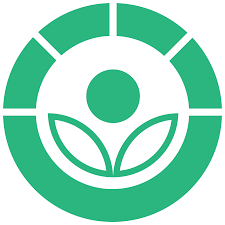
Food in grocery stores that has been treated with irradiation must be labeled and marked with a radura symbol; this can include meats, spices, wheat flour, fruits and vegetables. Regrettably, this labeling policy does NOT apply to schools, hospitals, restaurants or processed foods containing irradiated ingredients.
For more information, read Food Irradiation.
Here are some ways to be smarter than the current system:
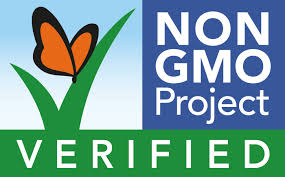
- Buy whole foods; whether organic or not, whole foods are always a healthier idea than processed products.
- Visit your local farmers markets and co-ops. Get to know your local farmers personally and ask questions about how they produce the food they are selling.
- Look for the Non-GMO Project Verified seal. If you have a concern about food that contains genetically modified organisms (GMO), look for this seal. Non-GMO Project Verified is the market leader for GMO avoidance and one of the fastest growing labels in the retail sector. They offer North America’s most trusted third-party verification for non-GMO food and products.
- The Environmental Working Group (EWG) puts out a yearly list of the produce that contains the most pesticide residue and the least pesticide residue. This gives you a good guide for purchasing healthier produce when you don’t have an organic option. For the Clean 15 and Dirty Dozen, visit https://www.ewg.org/foodnews/.
- For meat, fish and dairy products check the Eat Wild Guide for a listing of more than 1,400 pasture-based farms, with more farms being added each week. It is a comprehensive source for grass-fed meat and dairy products in the US and Canada. Visit the Eat Wild Guide at http://eatwild.com/.
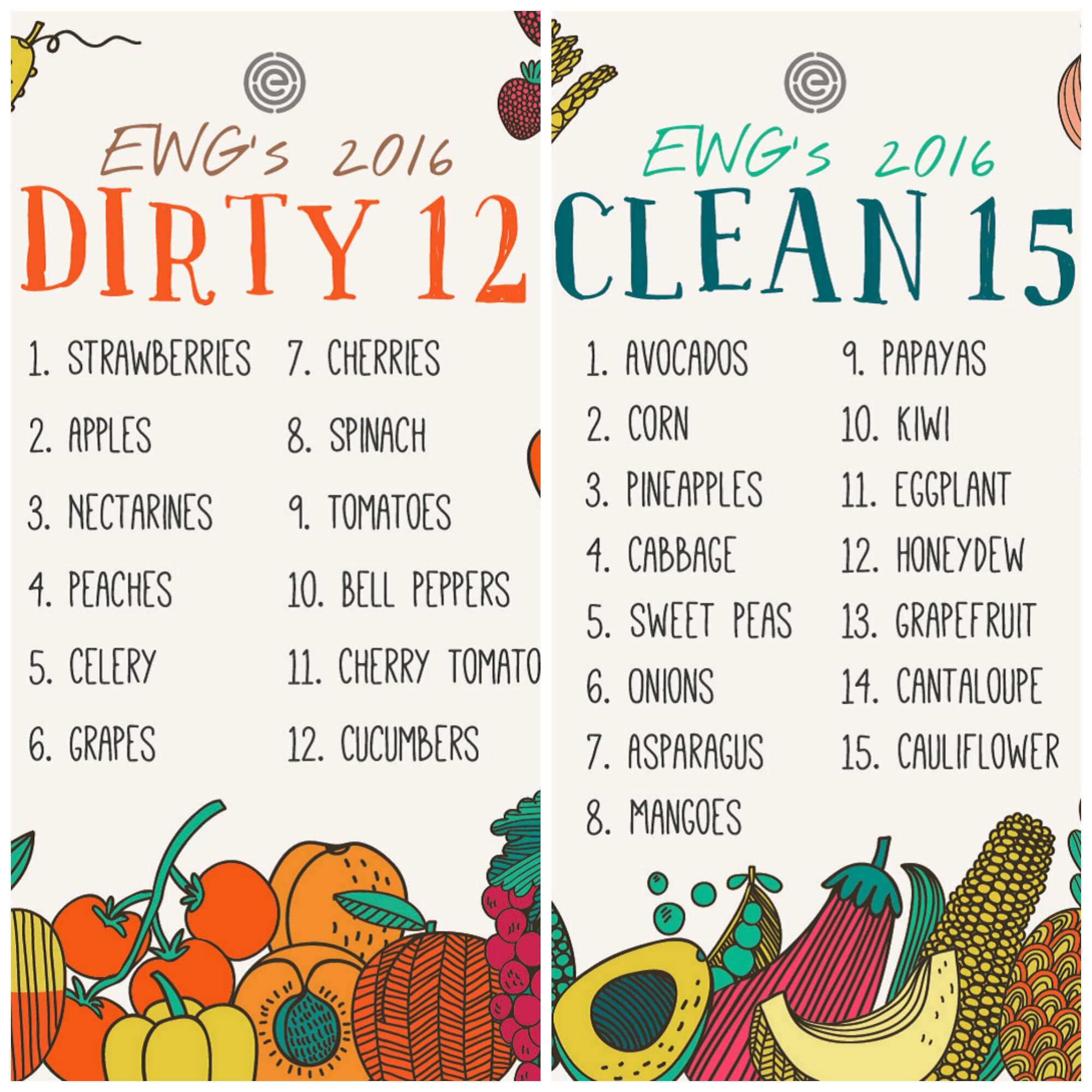
Why It’s So Important
When you make choices to eat organic produce and sustainably produced meat and dairy products, you are not just making a healthier food choice, you are making a choice that is healthier for the farmer and our environment.
Want to find out more?
Visit Food & Water Watch. They are a Washington, DC-based non-governmental organization and consumer rights group that focuses on corporate and government accountability as it relates to food, water and fishing. They champion healthy food and clean water for all and believe in a sustainable future that ensures “access to essential resources for future generations while protecting the quality of our environment.”
For more information, visit http://www.foodandwaterwatch.org/.
Visit Sustainable Table. Sustainable Table “celebrates local sustainable food, educates consumers about the benefits of sustainable agriculture and works to build community through food.”
For more information, visit http://www.sustainabletable.org/.